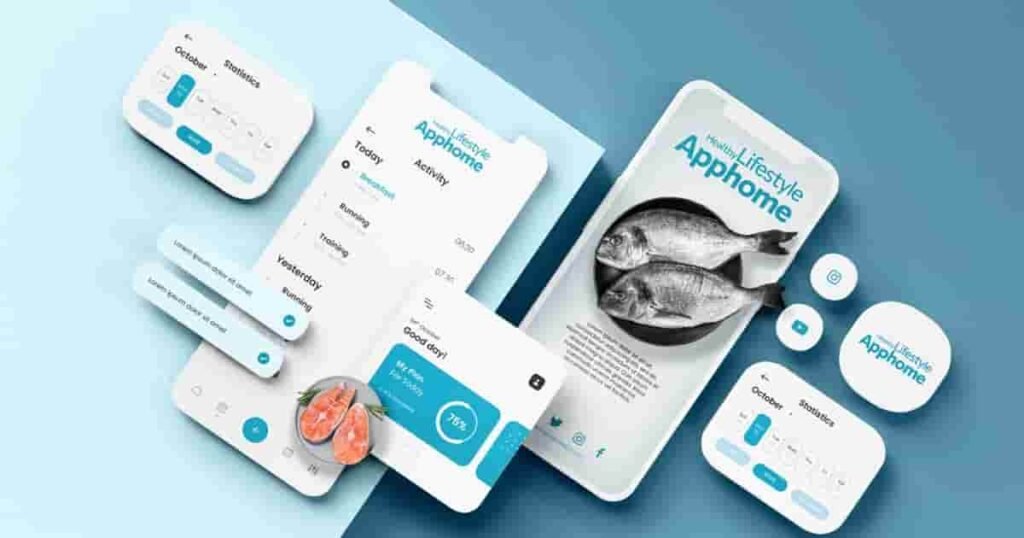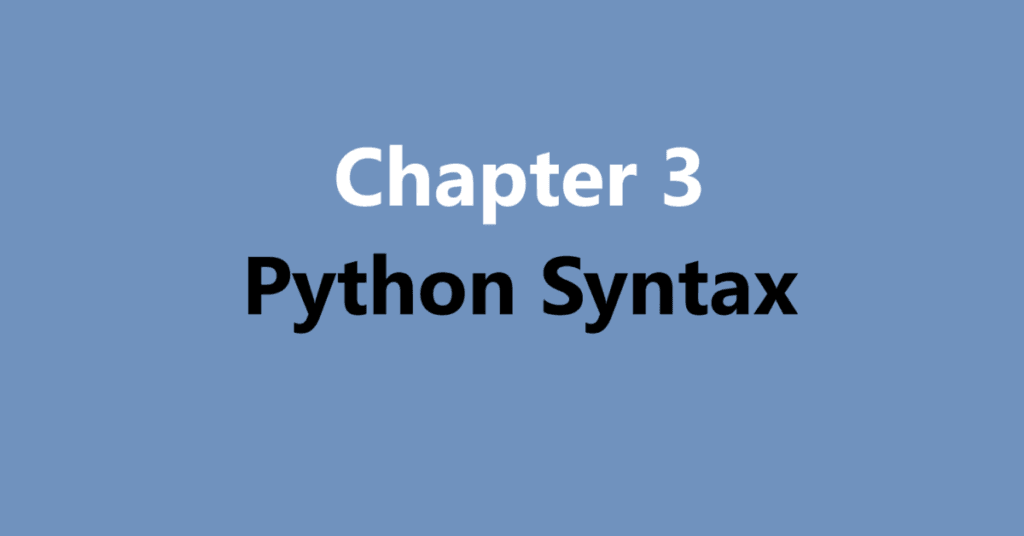Python Books for Beginners. Python, a versatile and powerful programming language, has become a cornerstone in various fields, from web development and data science to machine learning and automation. Its clear syntax and extensive libraries make it an excellent choice for beginners looking to dive into the world of programming. However, with so many resources available, choosing the right learning path can feel overwhelming.
This blog post aims to guide you through the maze by highlighting eight of the best Python books specifically designed for beginners. We’ll explore their strengths, weaknesses, and target audiences, helping you find the perfect companion for your Python journey. So, let’s jump in!
Python Books for Beginners
1. Python Crash Course, 2nd Edition: A Hands-On, Project-Based Introduction to Programming
- Author: Eric Matthes
- Why it’s great for beginners: Python Crash Course lives up to its name, offering a rapid and engaging introduction to the language. It emphasizes hands-on learning through project-based exercises, allowing you to solidify your understanding by building real-world applications.
- What to expect: The book is divided into two main parts. The first section covers fundamental Python concepts like variables, data types, control flow, functions, classes, and file handling. The second section delves into building three distinct projects: a simple arcade game (Alien Invasion), a data visualization project using Matplotlib and Plotly, and a web application using Django.
- Key Strengths:
- Practical Focus: The emphasis on building projects from the get-go keeps you motivated and demonstrates the real-world applications of Python.
- Clear and Concise Explanations: Matthes explains complex concepts in a straightforward and accessible manner.
- Excellent Project-Based Learning: The three projects are well-designed and guide you through the development process step-by-step.
- Updated for Python 3: The 2nd edition is fully updated for the latest Python 3 features.
- Potential Weaknesses:
- Fast-Paced: The rapid pace might be challenging for absolute beginners with no prior programming experience.
- Less Focus on Theoretical Depth: While the book covers the basics effectively, it doesn’t delve deeply into the underlying theory.
- Ideal for: Beginners who prefer a hands-on approach and are eager to start building projects quickly.
2. Automate the Boring Stuff with Python, 2nd Edition: Practical Programming for Total Beginners
- Author: Al Sweigart
- Why it’s great for beginners: As the title suggests, Automate the Boring Stuff focuses on using Python to automate everyday tasks, making learning practical and relevant. Sweigart’s writing style is engaging and humorous, making the learning process enjoyable.
- What to expect: The book covers a wide range of topics, including web scraping, working with Excel spreadsheets, manipulating images, sending emails, and controlling your computer with Python. Each chapter introduces a specific task and provides clear instructions on how to automate it using Python code.
- Key Strengths:
- Highly Practical and Relevant: The book tackles real-world problems that beginners can immediately relate to.
- Engaging Writing Style: Sweigart’s humor and clear explanations make learning Python surprisingly fun.
- Focus on Automation: The book teaches you how to automate repetitive tasks, saving you time and effort in the long run.
- Free Online Version: A free online version of the book is available, making it accessible to everyone.
- Potential Weaknesses:
- Less Emphasis on Core Programming Concepts: The book prioritizes practical application over a deep understanding of programming fundamentals.
- Can be Repetitive at Times: Some chapters cover similar concepts, which might feel redundant to some learners.
- Ideal for: Beginners who want to learn Python to automate everyday tasks and are looking for a fun and engaging learning experience.
3. Head First Python, 2nd Edition: A Brain-Friendly Guide
- Author: Paul Barry
- Why it’s great for beginners: The Head First series is known for its visually engaging and brain-friendly approach to learning. Head First Python uses a variety of techniques, such as diagrams, illustrations, and puzzles, to make complex concepts easier to understand and remember.
- What to expect: The book covers fundamental Python concepts like data structures, functions, and object-oriented programming. It also introduces you to web development using the Flask framework and teaches you how to work with databases.
- Key Strengths:
- Visually Engaging: The book uses a lot of visuals to make learning more engaging and memorable.
- Brain-Friendly Approach: The book is designed to work with your brain’s natural learning processes.
- Good Coverage of Core Concepts: The book provides a solid foundation in Python programming.
- Introduction to Web Development: The book includes an introduction to web development using Flask.
- Potential Weaknesses:
- Can be Overwhelming for Some: The visual-heavy approach might be distracting for some learners.
- Not as Project-Focused as Other Books: The book doesn’t emphasize building large-scale projects as much as some other books on this list.
- Ideal for: Beginners who learn best through visual aids and prefer a more interactive and engaging learning experience.
4. Learn Python 3 the Hard Way: A Very Simple Introduction to the Terrifyingly Beautiful World of Computers and Code
- Author: Zed A. Shaw
- Why it’s great for beginners: While the title might seem intimidating, Learn Python 3 the Hard Way provides a structured and systematic introduction to Python. It emphasizes practice and repetition, encouraging you to type in and run every line of code in the book.
- What to expect: The book is divided into a series of exercises that cover fundamental Python concepts like variables, data types, control flow, functions, and object-oriented programming. Each exercise includes detailed instructions and explanations, as well as challenges for you to complete.
- Key Strengths:
- Structured and Systematic Approach: The book follows a clear and well-defined curriculum.
- Emphasis on Practice and Repetition: The book encourages you to type in and run every line of code, which helps solidify your understanding.
- Detailed Instructions and Explanations: The book provides clear and concise explanations of each concept.
- Potential Weaknesses:
- Can be Monotonous for Some: The emphasis on repetition might be boring for some learners.
- Less Focus on Real-World Applications: The book doesn’t focus as much on building real-world projects as some other books on this list.
- The “Hard Way” Philosophy: The “hard way” approach might be discouraging for some beginners. It requires diligence and perseverance.
- Ideal for: Beginners who prefer a structured and systematic approach to learning and are willing to put in the effort to practice and repeat the concepts.
5. Python Programming: An Introduction to Computer Science, 3rd Edition
- Author: John Zelle
- Why it’s great for beginners: This book takes a more computer science-oriented approach to teaching Python. It focuses on fundamental programming concepts like algorithms, data structures, and software design.
- What to expect: The book covers a wide range of topics, including variables, data types, control flow, functions, classes, and object-oriented programming. It also introduces you to more advanced concepts like recursion, data structures, and algorithm analysis.
- Key Strengths:
- Comprehensive Coverage of Programming Fundamentals: The book provides a solid foundation in computer science principles.
- Good for Understanding the Underlying Concepts: The book delves into the theory behind Python programming.
- Emphasis on Software Design: The book teaches you how to design and implement well-structured and maintainable programs.
- Potential Weaknesses:
- More Theoretical than Practical: The book focuses more on theory than practical application.
- Can be Challenging for Absolute Beginners: The book assumes some prior knowledge of computer science concepts.
- Less Focus on Specific Python Libraries and Frameworks: It doesn’t delve deeply into specialized libraries for specific tasks.
- Ideal for: Beginners who are interested in learning the underlying principles of computer science and want a more comprehensive and theoretical understanding of Python.
6. Think Python, 2nd Edition: How to Think Like a Computer Scientist
- Author: Allen B. Downey
- Why it’s great for beginners: Think Python focuses on teaching you how to think like a computer scientist. It emphasizes problem-solving skills and encourages you to approach programming as a process of breaking down complex problems into smaller, more manageable parts.
- What to expect: The book covers fundamental Python concepts like variables, data types, control flow, functions, and object-oriented programming. It also introduces you to more advanced concepts like recursion, data structures, and algorithm analysis.
- Key Strengths:
- Focus on Problem-Solving Skills: The book teaches you how to approach programming as a process of solving problems.
- Clear and Concise Explanations: The book explains complex concepts in a straightforward and accessible manner.
- Good Coverage of Fundamental Concepts: The book provides a solid foundation in Python programming.
- Available for Free Online: The book is available for free online under a Creative Commons license.
- Potential Weaknesses:
- Less Emphasis on Practical Applications: The book focuses more on theory than practical application.
- Can be Dry for Some: The book’s writing style can be dry and academic.
- Ideal for: Beginners who are interested in learning how to think like a computer scientist and want a solid foundation in Python programming principles.
7. Python for Data Analysis: Data Wrangling with Pandas, NumPy, and IPython, 2nd Edition
- Author: Wes McKinney
- Why it’s great for beginners (with a caveat): While technically focused on data analysis, Python for Data Analysis is an excellent introduction to fundamental Python concepts if you have a specific interest in data. It teaches Python in the context of manipulating and analyzing data, making it more engaging for those with that focus. Note: This book is not recommended as a first Python book unless data analysis is your absolute primary goal.
- What to expect: The book provides a thorough introduction to Pandas, NumPy, and IPython, essential libraries for data analysis in Python. It covers topics like data wrangling, data cleaning, data transformation, and data visualization.
- Key Strengths:
- Comprehensive Coverage of Data Analysis Libraries: The book provides a thorough introduction to Pandas, NumPy, and IPython.
- Practical Focus on Data Manipulation and Analysis: The book teaches you how to use Python to solve real-world data analysis problems.
- Written by the Creator of Pandas: Wes McKinney is the creator of Pandas, so you’re learning from the expert.
- Potential Weaknesses:
- Assumes Some Prior Programming Knowledge: While aimed at beginners, it moves quickly into data-specific libraries.
- Less Focus on General-Purpose Python Programming: The book focuses on data analysis, so it doesn’t cover general-purpose Python programming concepts in as much detail as other books on this list.
- Ideal for: Beginners with a strong interest in data analysis who are willing to learn Python in the context of data manipulation and analysis. This book is best used after a more general Python introduction.
8. Coding with Python: Your Complete Beginner’s Guide to Learn Coding with Python from Scratch
- Author: Simon Bell
- Why it’s great for beginners: This book is a very basic and simplified introduction to Python. It aims to make the initial hurdle of learning to code as small as possible.
- What to expect: You’ll learn the very basics of Python syntax, data types, operators, control flow (if statements and loops), and functions. It’s light on theory and heavy on simplified examples.
- Key Strengths:
- Extremely Accessible: Perfect for absolute beginners who are intimidated by programming.
- Simple Examples: Makes complex concepts easy to grasp.
- Quick Start: Gets you coding quickly.
- Potential Weaknesses:
- Lack of Depth: Doesn’t cover advanced topics or libraries.
- Limited Real-World Applications: Focuses on basic concepts rather than practical projects.
- May Need to Transition to Another Book: You’ll likely need a more comprehensive book after completing this one.
- Ideal for: Those who feel overwhelmed by more comprehensive books and need a gentle introduction to the world of coding with Python.
Conclusion: Choosing the Right Book for You
Choosing the right Python book depends on your learning style, goals, and prior experience. If you prefer a hands-on approach and want to start building projects quickly, Python Crash Course might be a good choice. If you’re looking for a fun and engaging way to automate everyday tasks, Automate the Boring Stuff is an excellent option. If you learn best through visual aids, Head First Python might be a good fit. And if you want a structured and systematic introduction to Python, Learn Python 3 the Hard Way could be the right choice.
No matter which book you choose, remember that learning to program takes time and effort. Be patient with yourself, practice consistently, and don’t be afraid to ask for help when you get stuck. With dedication and the right resources, you’ll be well on your way to mastering Python and unlocking its vast potential. Good luck on your Python journey!


